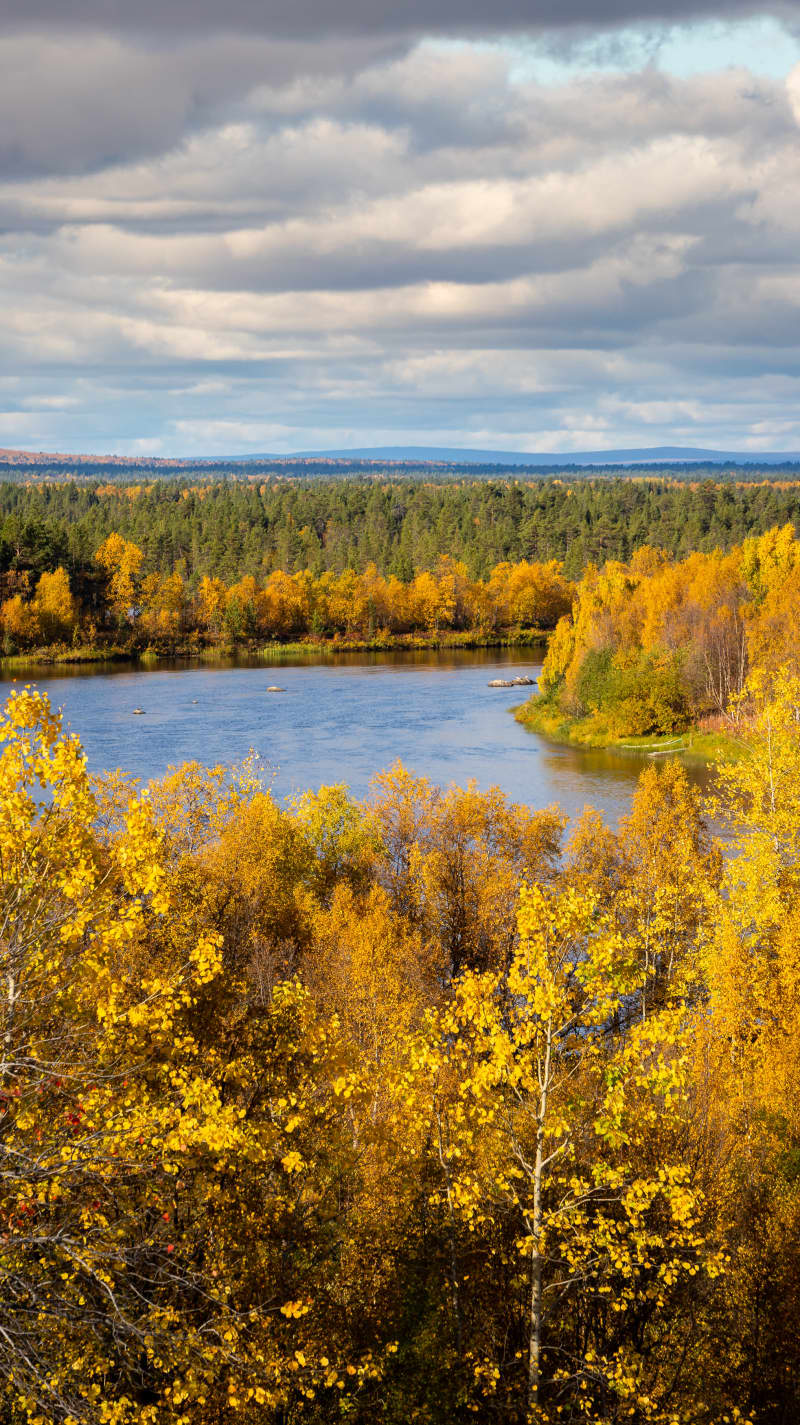
Lauri Heiskanen, PhD candidate, says that climate change will reduce the carbon sink of Northern Lapland if extreme weather events hit every third growing season.
Heiskanen says that in the long term, southern plants will move north.
– If the new ecosystem consists mainly of conifers, the carbon sink can be expected to increase. But if it consists mainly of broadleaved trees, the carbon sink will decrease,” says Heiskanen.
The thesis is based on measurements taken in Utsjoki and Inari in 2017-2019.
Carbon sequestration briefly turned into a carbon source
In the dissertation, it was found that the warm spring season brings forward and accelerates the ability of plants to bind carbon. However, in Tunturikoivik, part of the advantage gained was lost due to insect damage.
On the other hand, the month-long heat and drought period that followed the warm spring weakened carbon sequestration. Ecosystems even temporarily became a source of carbon.
Due to the drought, the water level of the bog also decreased, which caused the methane emissions of the bog to decrease. However, after the first rains, the carbon sink of the bog returned to its former level.
Heavy rainfall also reduces the carbon sink
In the pine forest, on the other hand, it was found that the rainy season of June-August 2017 increased ecosystem respiration, which weakened the total carbon sink of the forest. In a normal rainy summer, the amount of carbon released from the decomposition of the litter would have been smaller.
Lauri Heiskanen will hold his dissertation on January 27 at the University of Helsinki’s Faculty of Mathematics and Natural Sciences. The title of the dissertation is \”Carbon dioxide and methane fluxes of the subarctic ecosystems of Northern Finland under changing environmental conditions\”.
